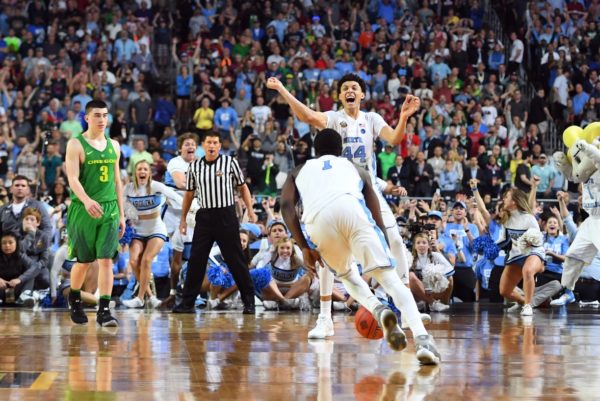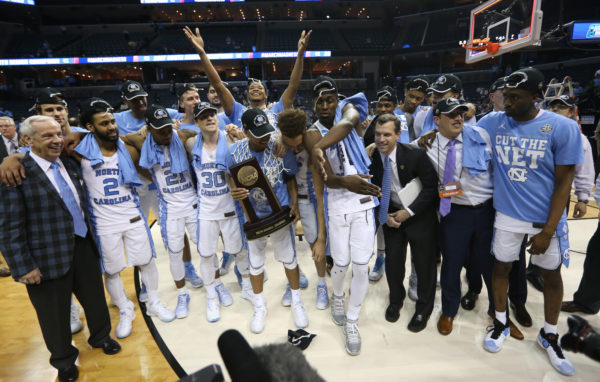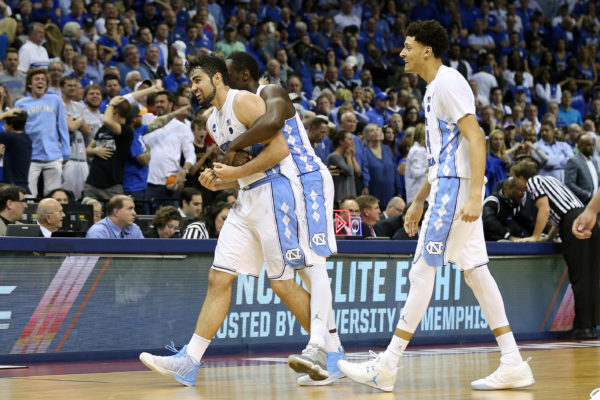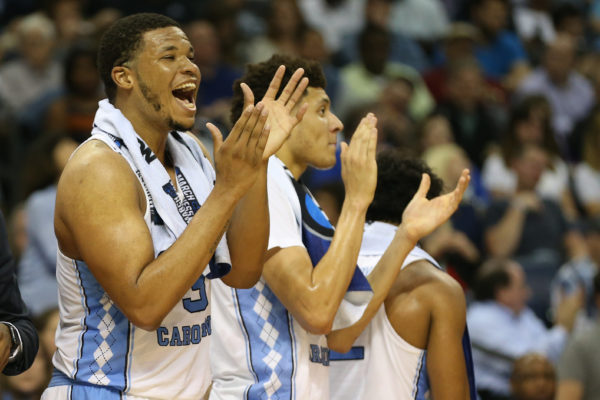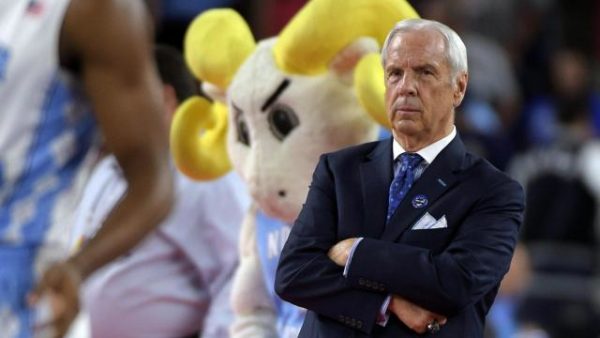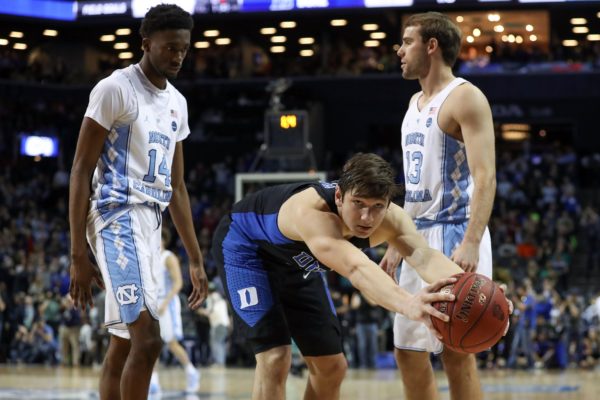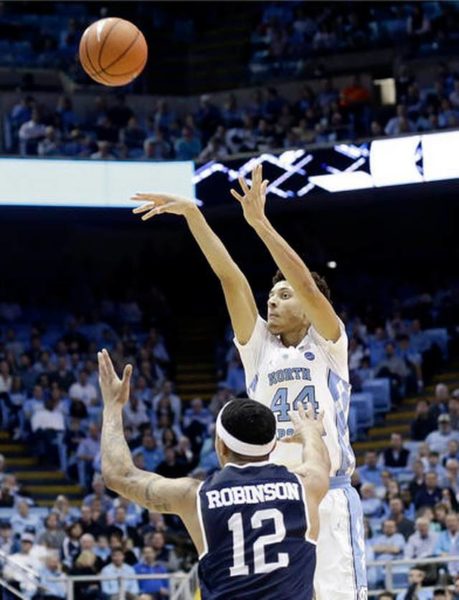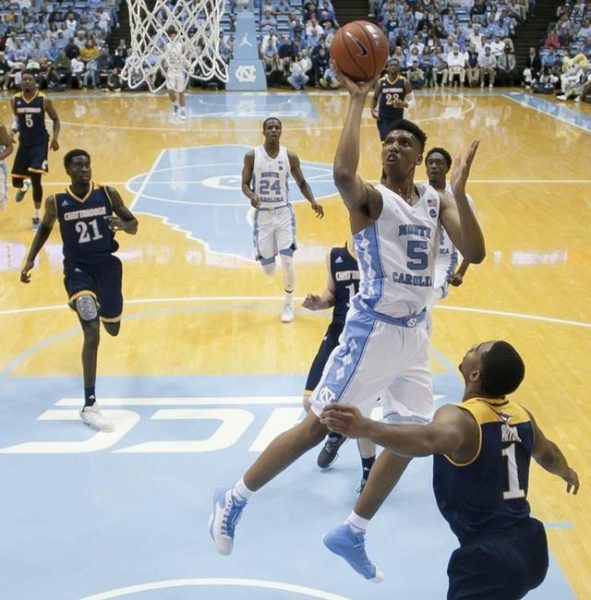ACC Burning Questions: North Carolina Tar Heels
Posted by Matt Patton on November 10th, 2017This team preview is part of the RTC ACC microsite’s preseason coverage.
Burning Question: How much will Roy Williams adapt to his team’s strengths?
Roy Williams‘ incredible success over the last two seasons should have silenced all of his doubters. By nearly any standard his teams were exceptionally talented — loaded with McDonald’s All-Americans and consensus four- and five-star players. But Duke and Kentucky were recruiting better classes, and that role reversal led to some grumbling from fans and overreaction from the media. Williams ultimately got the last laugh, of course, with the added bonus that even the ongoing specter of the NCAA disappeared after it punted on the academic fraud scandal. However, it is important to note that this year’s North Carolina team isn’t comprised of the same successful group of the last two seasons and it doesn’t profile like any of Williams’ best teams. The Tar Heels have a strong backcourt led by Joel Berry II and Pittsburgh transfer Cameron Johnson, but Tony Bradley’s early departure to the NBA left the frontcourt lacking in depth, experience and talent.
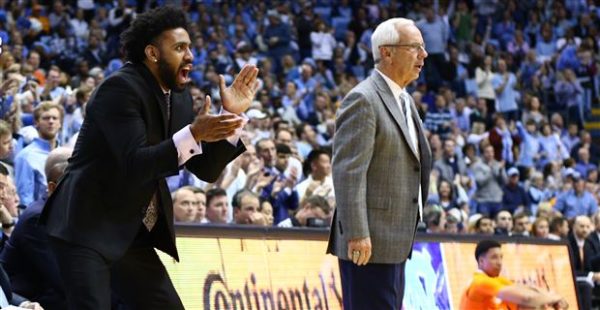
Joel Berry will start the season on the sidelines, making Roy Williams’ job even tougher. (Photo: Robert L. Poston/CarolinaBlue)
It’s no secret Williams’ best teams have a blueprint roster. Two very good bigs (or, one great one), an elite point guard and an army of players on the wing (with at least one sharp-shooter). Berry is the elite point guard; Johnson is the sharp-shooting wing; but Luke Maye (despite his NCAA Tournament heroics) is no Sean May. With Bradley back, the Tar Heels would have had a good chance at a third straight trip to the Final Four. Without him it’s up to Williams to figure out how to adopt his system to accommodate three true post players (two of whom are freshmen). There’s still plenty of talent on the roster: Theo Pinson is back and consensus top-50 recruit Jalek Felton should get playing time right away. Seventh Woods still has a long way to go, but should have improved considerably during the offseason. Expect this year’s roster to be better shooting on the whole than the last few North Carolina teams (although maybe not, without the individual prowess of Justin Jackson), but it’s hard to see the secondary break working well without significant changes.





























